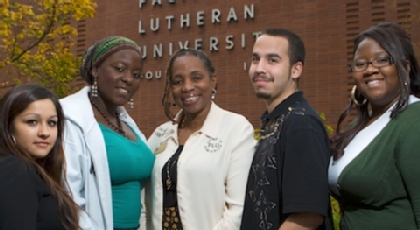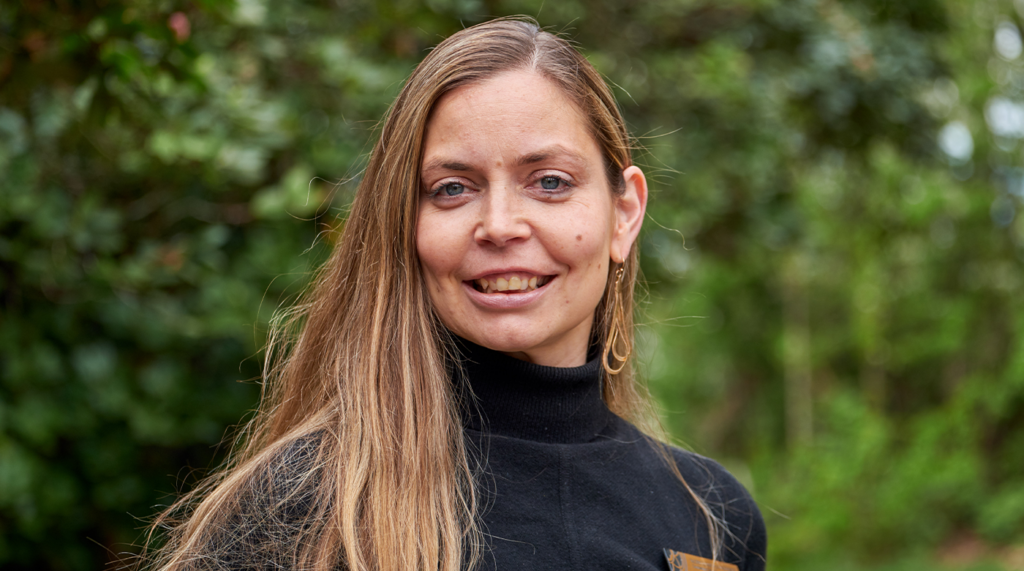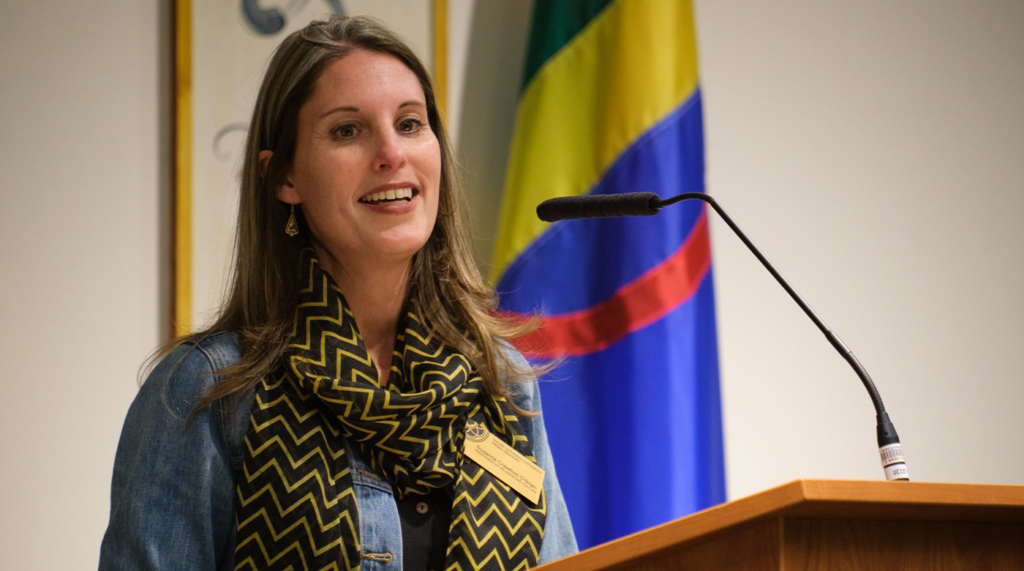Page 30 • (313 results in 0.093 seconds)
-
Archives at PLU White’s analysis of historians and philosophers of the nineteenth century argues that their attempts to attain historical truth have been influenced by strategies of “emplotment” (structures of narrative), ideology (political beliefs), patterns of formal argument (founded upon various epistemological commitments), and styles of “tropic configuration” (different ways of giving order to our experience of the world at a preconceptual level). This intricate and difficult volume has
-

sort of been in my backyard since I was a kid, but I’d never really seen it before. I know for a fact that a disconnect exists, but it could really easily be broken if folks that live in Parkland are getting educated here at PLU and bringing those resources back into the community. And I think more folks are doing that now.” Parkland is a sprawling unincorporated area south of Tacoma that blends urban with rural, home to roughly 36,000 people, according to U.S. Census data. What it lacks in
-

student population stays on campus. “Embassy has been a key factor in bringing thoughtful, articulate, engaged international students to the PLU campus,” Stumo said. Washington is changing, too The face of PLU is changing in another way, as well. PLU will be seeing a significant rise in student populations that are not Caucasian. According to the Washington state’s race and ethnicity data, the number of Hispanic students graduating from high school in 2020 will increase by more than 60 percent when
-

three times this spring, with at least one more event to come. “When we think about service and care, this event fits really closely with the mission of not only PLU but also the school of nursing,” said Dana Zaichkin, a nursing professor who also volunteered for the event. “I really enjoyed being a part of this.” Currently on sabbatical from PLU, Zaichkin is working with colleagues at the University of Washington to create a uniform means of tracking, reporting, and benchmarking data for local and
-

about our daily tasks including feeding, cleaning, training, and leading encounters with some of our animals,” Meyer says. “I also have the opportunity to cross-train with other departments including with the veterinarians so I am getting a first-hand look at what a zoo vet does! I am absolutely loving my time here and am so thankful for this scholarship helping me to pursue my dreams.” Data is still being collected on the results of the program. The COVID-19 pandemic created unique challenges to
-

, empowered, make-change kind of way. They need access to concrete resources and an education that is empowering and linked to building an imaginable future. For many, this means concrete skills for working with people, ideas, and data that will translate into a reliable or dependable go at a career. They are looking for mentors and others to invest in them, challenge them, and build scaffolding to help bridge the next steps. They also need space to be allowed to be ‘a hot mess’ and be given the dignity
-

all along, but what has remained the same is the focus on the Clover Creek Watershed. As a result, we now have many years worth of data about Clover Creek, water quality, and environmental impacts. It’s a really significant contribution to our community. So the course includes geology, biology, and chemistry to do that work. And it’s also truly interdisciplinary, including units on philosophy, literature, ethics, and Native American studies. Students integrate these various fields–taught by guest
-
animal. One of the most beautiful animals in the world, the jaguar is the third largest of all the cats, behind only the tiger and the lion. Endangered throughout its range in Latin America, the jaguar remains the least studied of all the major felids. Using radio collars, biologists can study—and work to save—this elusive animal, using the signals from the transmitter to gather data on range, habitat needs, and behavior. Professor of English Emeritus Charles Bergman with an Imperial Parrot As we
-

data to ask themselves the question, “Do I stay or do I go?” Rather then getting stuck in this dilemma, commit to staying for a certain amount of time and put your energy into being the best you can be and asking your partner to meet you there. Don’t ignore the voice that asks “do I stay or do I go,” simply acknowledge it and choose not to dwell on it for the time being. Many times, as people commit to a brighter future, the brighter future begins to emerge. And if it doesn’t, they have fewer
-

years, less than nine percent of credit hours were taught by part-time faculty teaching individual courses without benefits, or taught as private hourly music instruction. According to data gathered by the Chronicle of Higher Education, universities in the Puget Sound area pay approximately $2,300-$5,000 per course. PLU’s per course pay ranges between $4,200-$5,600 per course. The only faculty members paid hourly are those who provide private music instruction. They are paid $51.00 per hour. For
Do you have any feedback for us? If so, feel free to use our Feedback Form.


